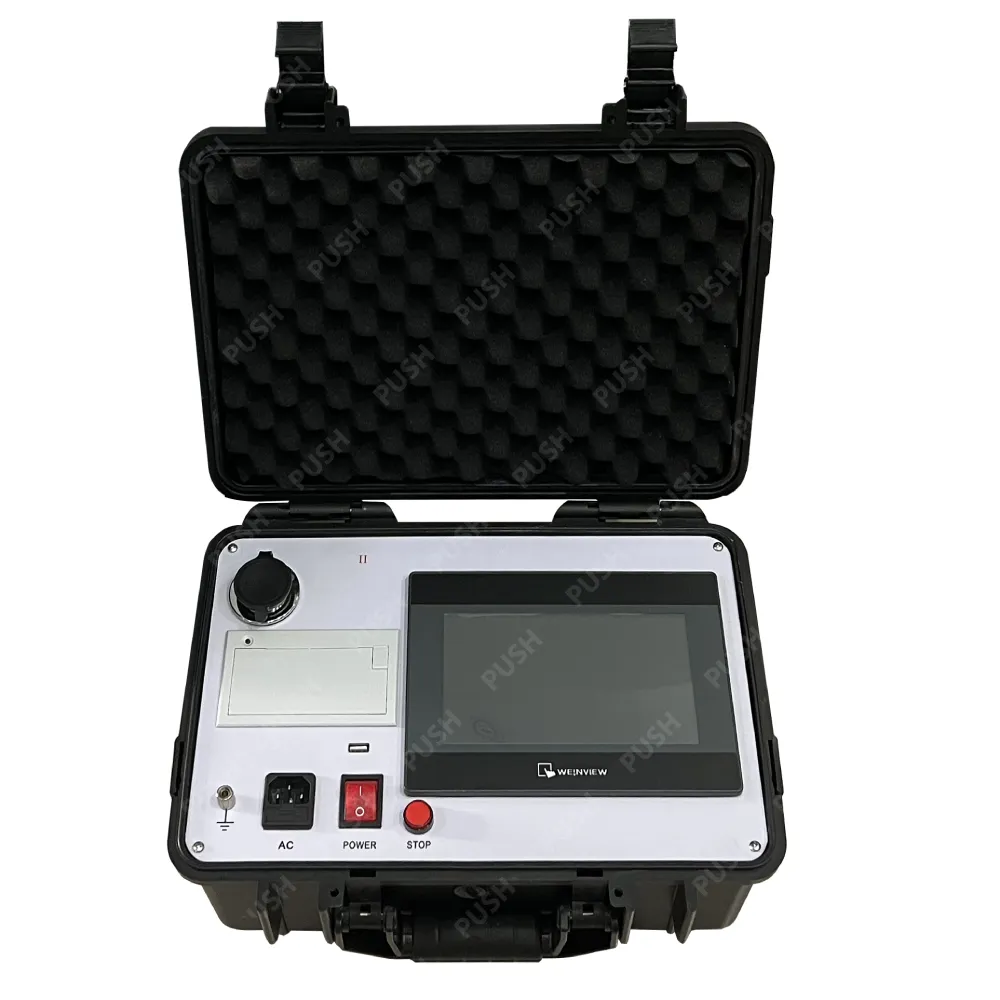 English
English



-
 Afrikaans
Afrikaans -
 Albanian
Albanian -
 Amharic
Amharic -
 Arabic
Arabic -
 Armenian
Armenian -
 Azerbaijani
Azerbaijani -
 Basque
Basque -
 Belarusian
Belarusian -
 Bengali
Bengali -
 Bosnian
Bosnian -
 Bulgarian
Bulgarian -
 Catalan
Catalan -
 Cebuano
Cebuano -
 China
China -
 China (Taiwan)
China (Taiwan) -
 Corsican
Corsican -
 Croatian
Croatian -
 Czech
Czech -
 Danish
Danish -
 Dutch
Dutch -
 English
English -
 Esperanto
Esperanto -
 Estonian
Estonian -
 Finnish
Finnish -
 French
French -
 Frisian
Frisian -
 Galician
Galician -
 Georgian
Georgian -
 German
German -
 Greek
Greek -
 Gujarati
Gujarati -
 Haitian Creole
Haitian Creole -
 hausa
hausa -
 hawaiian
hawaiian -
 Hebrew
Hebrew -
 Hindi
Hindi -
 Miao
Miao -
 Hungarian
Hungarian -
 Icelandic
Icelandic -
 igbo
igbo -
 Indonesian
Indonesian -
 irish
irish -
 Italian
Italian -
 Japanese
Japanese -
 Javanese
Javanese -
 Kannada
Kannada -
 kazakh
kazakh -
 Khmer
Khmer -
 Rwandese
Rwandese -
 Korean
Korean -
 Kurdish
Kurdish -
 Kyrgyz
Kyrgyz -
 Lao
Lao -
 Latin
Latin -
 Latvian
Latvian -
 Lithuanian
Lithuanian -
 Luxembourgish
Luxembourgish -
 Macedonian
Macedonian -
 Malgashi
Malgashi -
 Malay
Malay -
 Malayalam
Malayalam -
 Maltese
Maltese -
 Maori
Maori -
 Marathi
Marathi -
 Mongolian
Mongolian -
 Myanmar
Myanmar -
 Nepali
Nepali -
 Norwegian
Norwegian -
 Norwegian
Norwegian -
 Occitan
Occitan -
 Pashto
Pashto -
 Persian
Persian -
 Polish
Polish -
 Portuguese
Portuguese -
 Punjabi
Punjabi -
 Romanian
Romanian -
 Russian
Russian -
 Samoan
Samoan -
 Scottish Gaelic
Scottish Gaelic -
 Serbian
Serbian -
 Sesotho
Sesotho -
 Shona
Shona -
 Sindhi
Sindhi -
 Sinhala
Sinhala -
 Slovak
Slovak -
 Slovenian
Slovenian -
 Somali
Somali -
 Spanish
Spanish -
 Sundanese
Sundanese -
 Swahili
Swahili -
 Swedish
Swedish -
 Tagalog
Tagalog -
 Tajik
Tajik -
 Tamil
Tamil -
 Tatar
Tatar -
 Telugu
Telugu -
 Thai
Thai -
 Turkish
Turkish -
 Turkmen
Turkmen -
 Ukrainian
Ukrainian -
 Urdu
Urdu -
 Uighur
Uighur -
 Uzbek
Uzbek -
 Vietnamese
Vietnamese -
 Welsh
Welsh -
 Bantu
Bantu -
 Yiddish
Yiddish -
 Yoruba
Yoruba -
 Zulu
Zulu
High-Voltage Insulation Testing Procedures for Transformers and Safety Measures
Hipot Test for Transformers Ensuring Electrical Safety and Reliability
The hipot test, short for high potential or high voltage test, is a crucial procedure in the electrical industry, particularly for transformers. It is primarily conducted to assess the insulation integrity of electrical devices. The test subjects the transformer to a voltage significantly higher than its normal operating voltage, helping to identify any weaknesses or flaws in the insulation that could lead to failures or hazards during operation.
Purpose of the Hipot Test
The primary objective of hipot testing is to ensure that the insulation can withstand unexpected voltage spikes that may occur during operation. This is vital since transformers operate under high voltage conditions and any breakdown in insulation can lead to catastrophic failures, inefficiencies, or, worse, electrical shocks.
Test Procedure
The hipot test involves connecting the transformer to a high voltage tester. Typically, the transformer’s primary and secondary windings are tested against each other and against the earth ground. The test applies a voltage that may be three to eight times higher than the operational voltage, depending on the transformer’s specifications.
Before commencing the test, it is essential to ensure that the transformer is disconnected from any power source and that capacitors are discharged to avoid any unintended consequences. Once the equipment is connected, the high voltage is gradually applied while monitoring the current flow. A sudden spike in current can indicate a failure in the insulation, leading to a passing or failing result of the test.
Key Considerations
hipot test for transformer

1. Safety First Safety is paramount when conducting a hipot test. The high voltage involved can be dangerous, and proper safety protocols should be followed. Personnel should wear appropriate protective gear and maintain a safe distance during testing.
2. Test Duration The duration of a typical hipot test can vary but generally lasts between one minute to several minutes. It is essential that the voltage is applied for a defined period to ensure accurate results.
3. Interpretation of Results A successful test result means that the insulation can withstand the tested voltage without any dielectric breakdown. Conversely, a failed test could signify potential insulation failures, requiring further investigation or repair.
Importance of Regular Testing
Regular hipot testing is an essential part of a transformer’s maintenance routine. It helps in proactively identifying insulation issues before they lead to failures. This proactive approach not only ensures the reliability of the transformer but also enhances the overall safety of the electrical system. Electrical utilities and industries often adhere to established standards and guidelines regarding the frequency of testing, typically conducting these tests during commissioning, major repairs, or routine maintenance checks.
Conclusion
In summary, the hipot test for transformers is a fundamental practice aimed at ensuring the reliability and safety of electrical equipment. By subjecting transformers to high voltages, potential insulation failures can be detected and addressed before they lead to significant operational risks. Regular testing and adherence to safety protocols not only protect equipment but also ensure the safety of personnel and the continuity of electrical services. As technology advances, the methods and equipment used for hipots continue to evolve, promising even more accuracy and safety in future electrical testing regimes.
-
Testing Equipment Industry Sees Major Advancements in 2025: Smart & Precision Technologies Lead the WayNewsJun.06,2025
-
Applications of Direct Current Generators in Renewable Energy SystemsNewsJun.05,2025
-
Hipot Tester Calibration and Accuracy GuidelinesNewsJun.05,2025
-
Digital Circuit Breaker Analyzer Features and BenefitsNewsJun.05,2025
-
Benefits of Real-Time Power Quality Monitoring Devices for Industrial EfficiencyNewsJun.05,2025
-
Earth Fault Loop Testing in High-Rise Building Electrical SystemsNewsJun.05,2025



